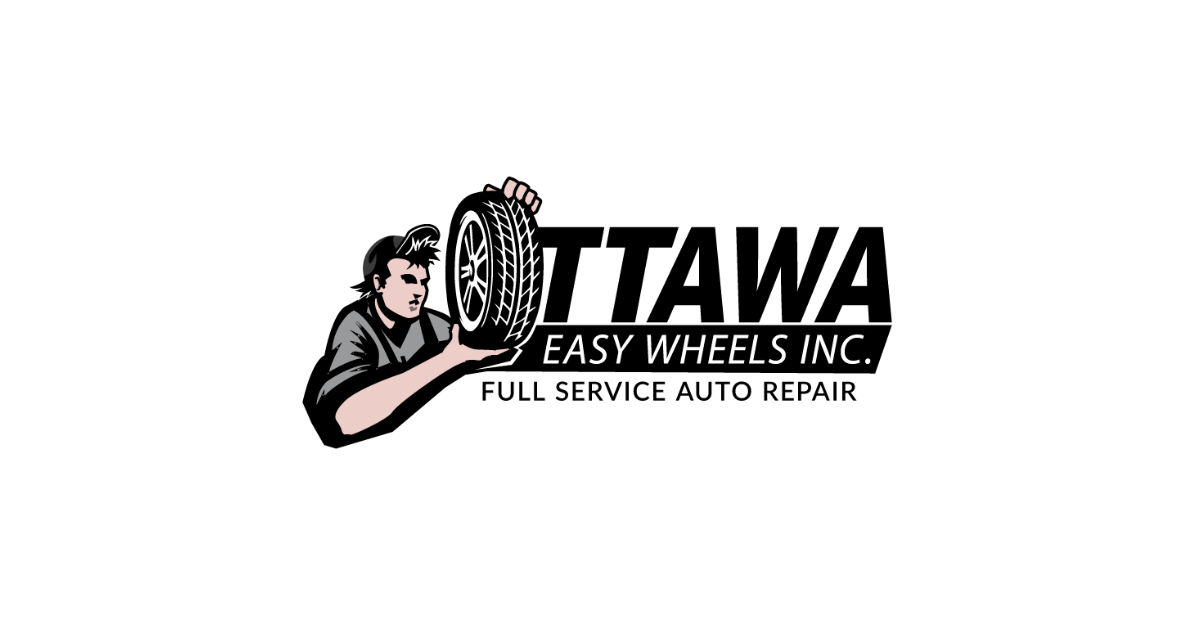Tire pressure! What is it supposed to be? What’s too much? What’s too little?
When you continuously drive on tires that are not properly inflated, you cut their lifespan substantially. Incorrect tire pressure can also lead to decreased fuel efficiency and have a negative impact on your car’s handling abilities! That’s why it’s important to know how and when to check your tire pressure to avoid added replacement costs and to save money in the long run.
Ottawa Easy Wheels: Orleans Auto Shop
In today’s blog, our mechanics from Ottawa Easy Wheels, an Orleans Auto Shop in Ottawa, will teach you how to check your tire pressure, and what to do when you see an issue.
What is Tire Pressure?
The pressure of your tires is the level at which they are inflated. It is important to note that underinflated tires are cause for concern, but the same goes for overinflated tires. We understand it can be a little bit of a tricky concept, but make sure you do not inflate your tires to the pressure that is listed on the tire itself. That number represents the maximum pressure that your tire can hold, not the recommended pressure for the vehicle.
Why is it Important to Check my Tire Pressure?
Overinflation of your tires can be just as problematic as underinflation. If your tires are overinflated, you may find that you get less grip and handling control. On the contrary, underinflation will provide you with more traction as there is a higher level of surface area touching the ground itself. But this will also wear out your tires prematurely and at an increased rate due to the increased friction. Therefore, it is always important to check your tire pressure to avoid running into these issues.
How to Check Your Vehicle’s Tire Pressure at Home
As a general rule of thumb, the best practice for checking the pressure of your tires is to do a visual inspection before you hit the road by walking around the vehicle and making sure everything looks right.
When looking to check your tire pressure, it is important to know what you are looking for as each vehicle is different due to each car’s individual mass. On most newer vehicles, the recommended tire pressure can be found inside the driver’s door on a sticker. If your car does not have the sticker, then you will find all your car’s specs in the owner’s manual. As an example, the average sedan’s recommended tire pressure is 32 psi (pound per square inch) to 35 psi. Here is to check your tire pressure at home, from our co-owner Dan:
What many do not know is that it is important to check your tire pressure when the tires are cold. This is because while tires are in use, the friction between the tire and the road will cause them to increase in heat, also increasing the air pressure. That being said, in order to obtain the most accurate tire pressure reading, it is best to check them when your car has been parked for more than a couple of hours. Make sure you check your tire pressure with a gauge at least once a month.
For more information on tire pressure levels and when to change your vehicle’s tires, book an appointment with us here.
